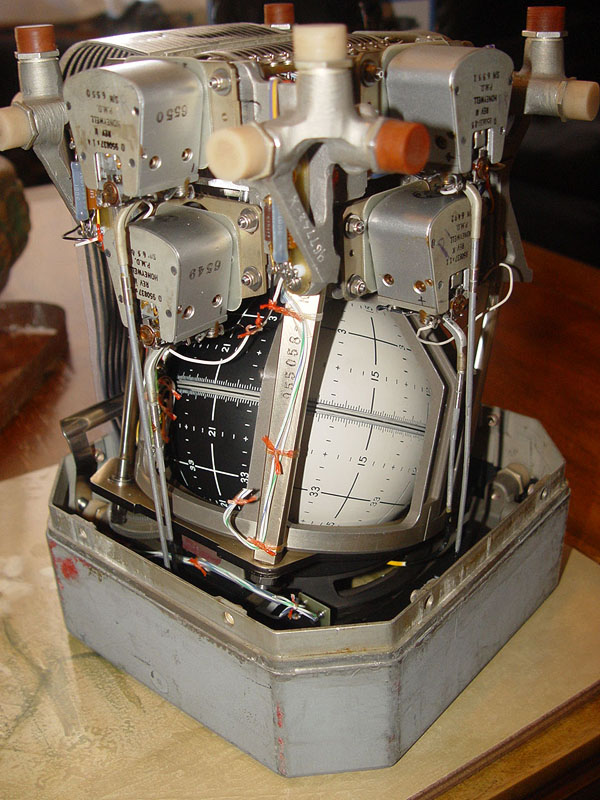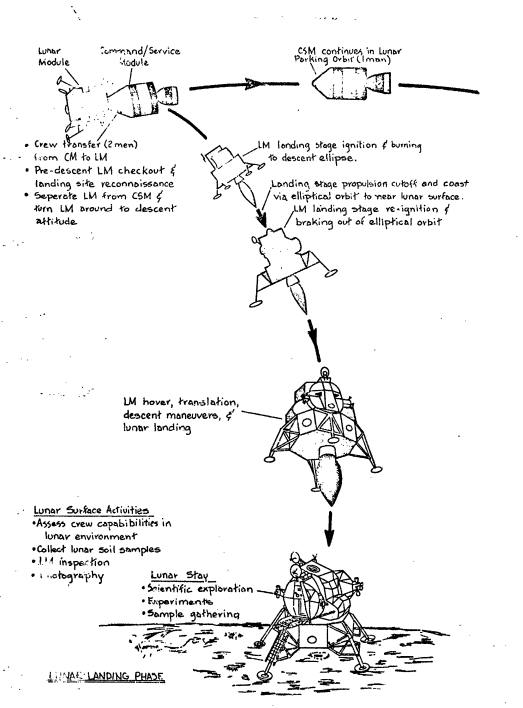🚀 Unveiling the Mysteries of Gimbal Lock: A Deep Dive into Spacecraft Control 🛰️
Welcome back to the captivating world of spacecraft exploration! In this thrilling episode of the Spacecraft Guide, we’re delving into the intricate realm of panel three and its stabilizer control switches. But that’s not all – we’re unraveling the enigma of gimbal lock and its impact on spacecraft orientation. Let’s blast off into the cosmos of knowledge!

🛠️ Panel Three and Its Switches 🛠️
This week, our spotlight is on panel three and its three essential switches: the dead band switch, gyro test switch, and gyro test signal switch. These switches are the vital conduits that ensure seamless communication between the spacecraft and the flight director attitude indicator. Join us as we navigate through these components, unlocking their roles in the spacecraft’s navigation.
🌐Exploring Gimbal Lock 🌐
Our journey takes a fascinating turn as we delve into the concept of gimbal lock. Watch our enlightening video as we explain how gimbal lock can affect spacecraft orientation. Learn about its visual cues and why it can momentarily confuse the spacecraft’s orientation sensors.
🔗 The Role of Gyroscopes🔗
Discover the intricate world of gyroscopes, devices that use centripetal force to maintain balance and orientation. Dive into their application as artificial horizons and stable platforms for spacecraft navigation.
🛰️ The Inertial Measuring Unit 🛰️
Uncover the power of the Inertial Measuring Unit – a device that measures orientation by utilizing gyroscopes. Learn how it forms a stable platform for measuring orientation changes as the spacecraft moves.
🔀 Navigating with Gimbals 🔀
Immerse yourself in the mechanics of gimbals – mechanical devices that allow movement along the x, y, and z axes. These gimbals enable the spacecraft to achieve a full range of motion, critical for navigating through space.
🎯 Understanding Gimbal Lock 🎯
Gimbal lock occurs when two gimbals align perfectly, causing confusion in orientation calculation. We break down the trigonometry behind it and explain why the computer’s answer is virtually “infinity.”
🔴 Apollo 13’s Struggle with Gimbal Lock🔴
Embark on a historic journey as we delve into the role of gimbal lock in the Apollo 13 mission. Explore how the spacecraft fought to stay out of the dreaded “red dot” on the flight director attitude indicator, signifying alignment of three gimbals.
✨ Unlock the Apollo Exhibit ✨
Want to explore more? Dive into our interactive Apollo spacecraft exhibit, where you can click on components to gain insights into this historic mission. Join our Patreon community and access this exclusive content!
Don’t miss our upcoming episodes as we continue to explore the intricacies of spacecraft technology. Stay curious and keep exploring the cosmos with us! 🌌 #SpaceExploration #GimbalLock #ApolloMission
See A video on this system here – https://youtu.be/zgvjAiCPkcI
🚀 Support Our Mission 🚀
Become a patron of the Spacecraft Interactive Virtual Museum to access our interactive exhibits and support our educational initiatives. Your contribution fuels our passion for sharing the wonders of space exploration.
Please visit our Sponsor

Want to get miles on everything you buy without having to pay an annual fee? Check out the Delta SkyMiles Blue Card and Earn 2X Miles at restaurants worldwide (terms ap







